vines
blaketaylore
14 years ago
Related Stories

LANDSCAPE DESIGNSee 5 Unexpected Ways to Use Vines
Vines can grow over slopes, trail off pergolas and add seasonal color to the garden
Full Story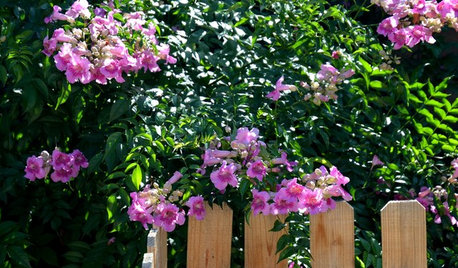
PINK FLOWERSGreat Design Plant: Pink Trumpet Vine Heralds Vibrant Color
Announce your landscape beautification efforts with this flowering vine that perks up hot, dry gardens
Full Story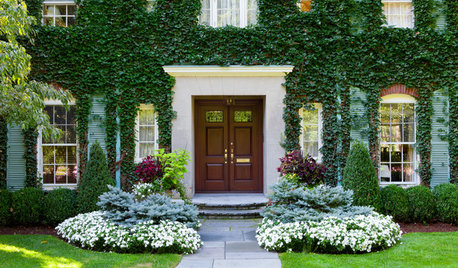
EXTERIORSCare and Training for a Vine-Covered Home
Love the look but don’t want the ruin? Learn how to have vine-draped walls without all the cracks and crumbling
Full Story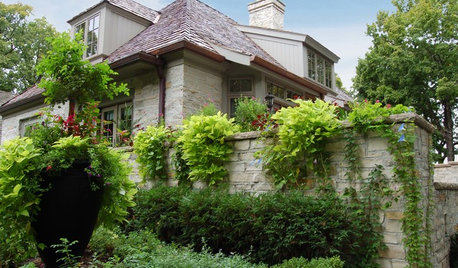
FOLIAGEGreat Design Plant: Ornamental Sweet Potato Vine
Versatile, fast growing, inexpensive and easy on the eyes, ornamental sweet potato vine has it all
Full Story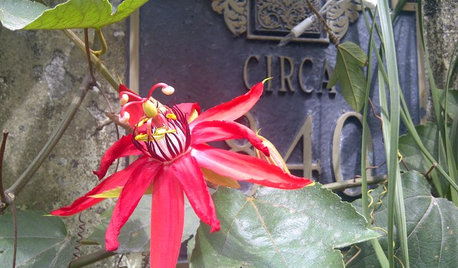
FLOWERS5 Sensational Flowering Vines for Warm Climates
Splash your garden with bright tropical color from late summer through fall with these showy trailing and climbing beauties
Full Story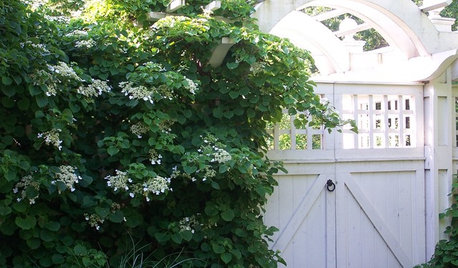
FALL GARDENING6 Deer-Resistant Flowering Vines to Plant This Fall
Have a major deer problem? Here are some of the only vines that have a chance of not being eaten
Full Story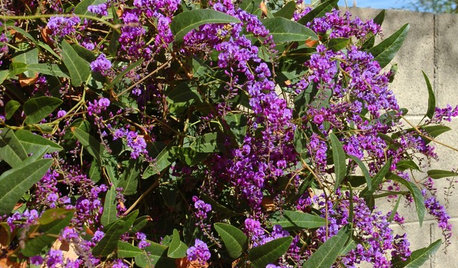
GARDENING GUIDESGreat Design Plant: Lilac Vine for a Purple Profusion in Winter
Grow this pretty, hardy vine on a fence or as a ground cover for blooms throughout the colder months
Full Story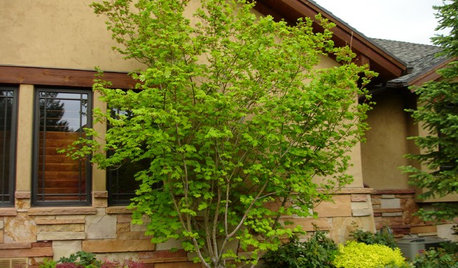
LANDSCAPE DESIGNGreat Design Plant: Vine Maple
Exciting year-round color and adaptability make this highly ornamental native small tree a top choice for home gardens
Full Story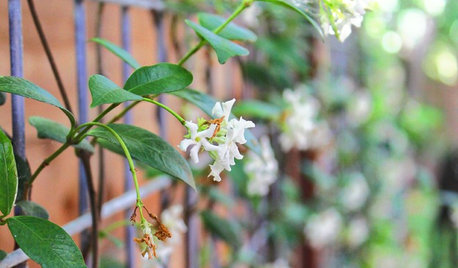
GARDENING GUIDESGreat Design Plant: Fragrant Trachelospermum Jasminoides
This graceful vine’s scented white flowers attract admirers near and far
Full Story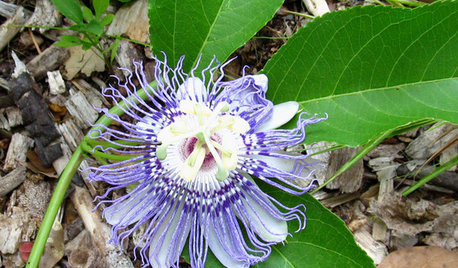
GARDENING GUIDESGreat Design Plant: Passiflora Incarnata
Enjoy the amazing flowers and edible fruit of U.S. native Passiflora incarnata (also known as maypop) — the butterflies sure do
Full Story



carol6ma_7ari
bill_ri_z6b
Related Professionals
Glendora Landscape Architects & Landscape Designers · Prairie Ridge Landscape Architects & Landscape Designers · Tempe Landscape Contractors · Bristol Landscape Contractors · Clark Landscape Contractors · Fort Mill Landscape Contractors · Hicksville Landscape Contractors · Hollywood Landscape Contractors · Hurricane Landscape Contractors · Riverview Landscape Contractors · San Bruno Landscape Contractors · Woodland Landscape Contractors · Selma Landscape Contractors · Braintree Decks, Patios & Outdoor Enclosures · Kearns Decks, Patios & Outdoor EnclosuresNHBabs z4b-5a NH
hunt4carl
mad_gallica (z5 Eastern NY)
terrene
blaketayloreOriginal Author